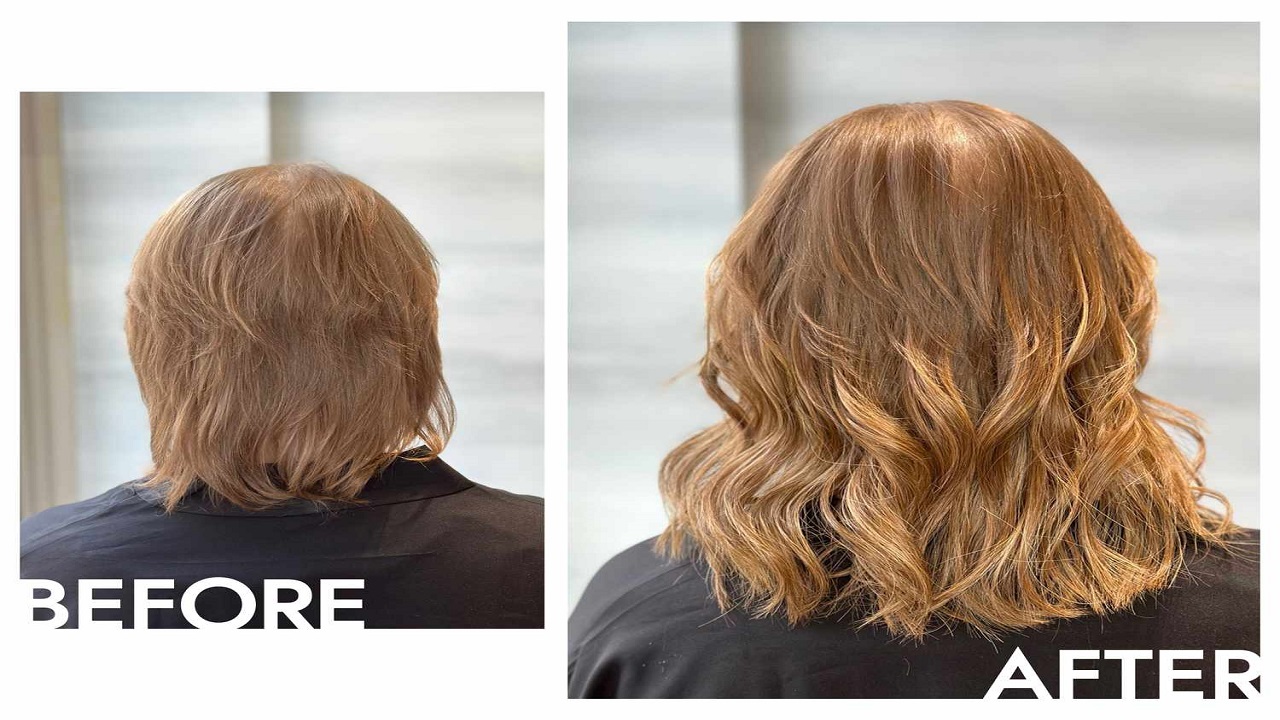K Tip hair extensions are not only the most popular method of increasing length and volume but also the method of treatment for damaged hair. The k-tip – Intacte hair extensions are now a game changer for people with damaged hair. This article is going to focus on the benefits of using K Tip extensions for damaged hair, how to apply them, and some important tips on how to care for them.
How K Tip Extensions Benefit Damaged Hair
- Protective Barrier: K Tip extensions are beneficial to the hair since they act as a shield to the hair from harm from other factors in the environment or when styling. This barrier also helps to avoid hair damage and split ends to natural hair so that it has time to heal.
- Minimal Stress: Keratin bonds used in K Tip extensions are lightweight and not rigid, and do not apply pressure on the natural hair. Unlike other types of extension that are normally used by pulling or tugging the hair, K Tips have been developed in such a way that the weight is spread out so that it does not exert much pressure on the hair.
- Natural Look and Feel: K Tip extensions are very natural looking and do not look like extensions when they are put on the hair, they feel like real hair. It can also provide additional volume and length to conceal the damaged areas of the hair, thus making the hair appear thicker and healthier.
Maintenance for K Tip Extensions on Damaged Hair
The following are some tips that can help you maintain K Tip Extensions on damaged hair:
- Regular Brushing: Another important aspect is grooming, especially brushing, to avoid the formation of tangles and matted hair. A soft-bristle or loop brush is perfect for the detangling of hair without breaking the bonds or damaging the human or real hair.
- Gentle Washing: Conditioning the extensions and natural hair with a sulfate-free shampoo and conditioner is also important in maintaining moisture and preventing further damage. One must not apply heavy conditioners or oils around the bonds to avoid slipping of the bonds.
- Heat Protection: K Tip extensions can be styled using heat but it is advisable to use a heat-protecting spray and should not use heat directly on the bonds. Restricting the use of heat tools is beneficial in preventing further damage to the natural hair.
- Protective Hairstyles: Wear the hair loosely and avoid putting the extensions on while sleeping to ensure that both the extensions and natural hair are safe. Another way of minimizing tangles is by braiding the hair or using a silk pillowcase to minimize friction.
Professional Advice
It is advisable to visit a professional stylist periodically so that the health of both the extensions and natural hair can be checked. These are the times when the stylist can evaluate the state of the bonds, reposition the loose extensions, and offer treatments that would help hair regrowth. In this case, professional removal is important because it helps to maintain the natural hair in good condition once the extensions are removed.
Conclusion
K Tip hair extensions are thus a valuable option for those with damaged hair as they offer not only aesthetic value but also a protective aspect. It is therefore important for people who would like to wear K Tip extensions to understand the application process and follow proper maintenance practices so that their natural hair can also grow healthy while they are enjoying the extensions. This means that the extensions and natural hair are always in the best condition, which makes K Tip extensions a perfect solution for damaged hair.


